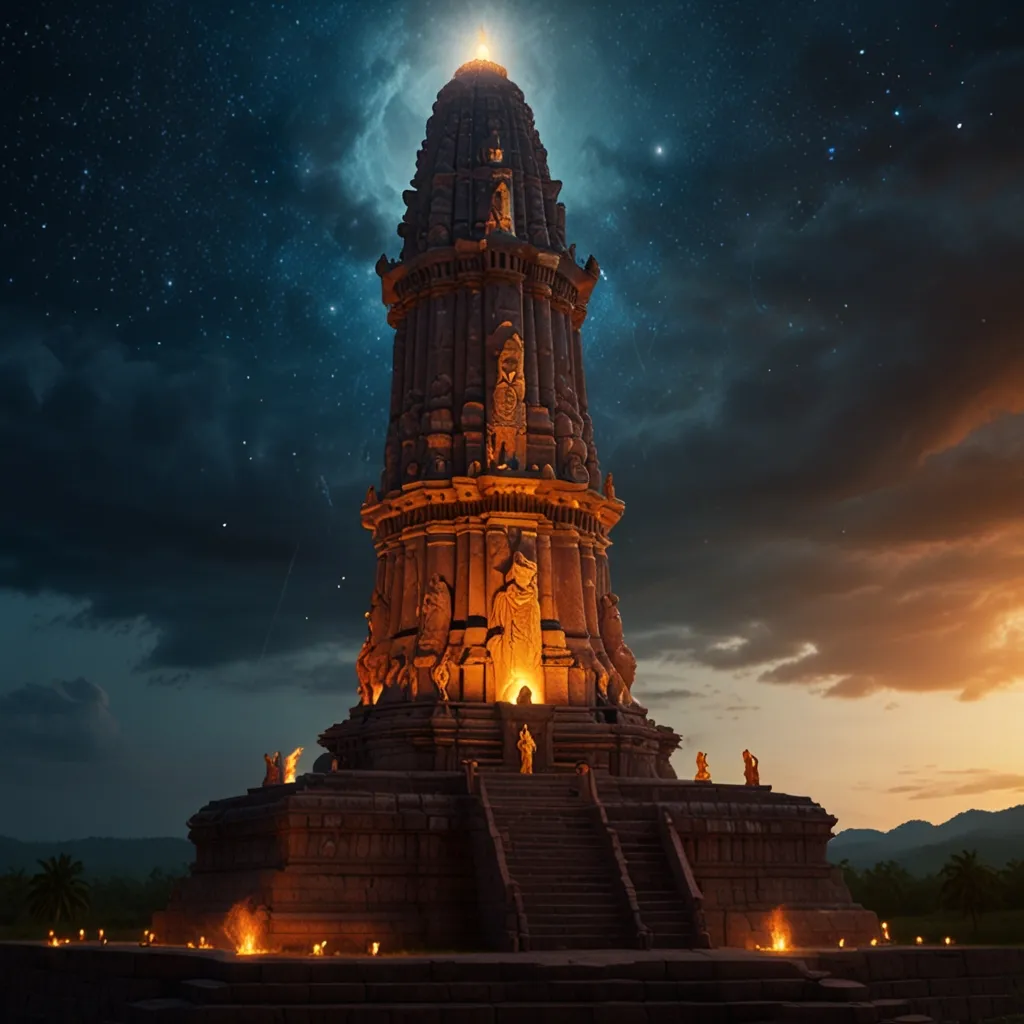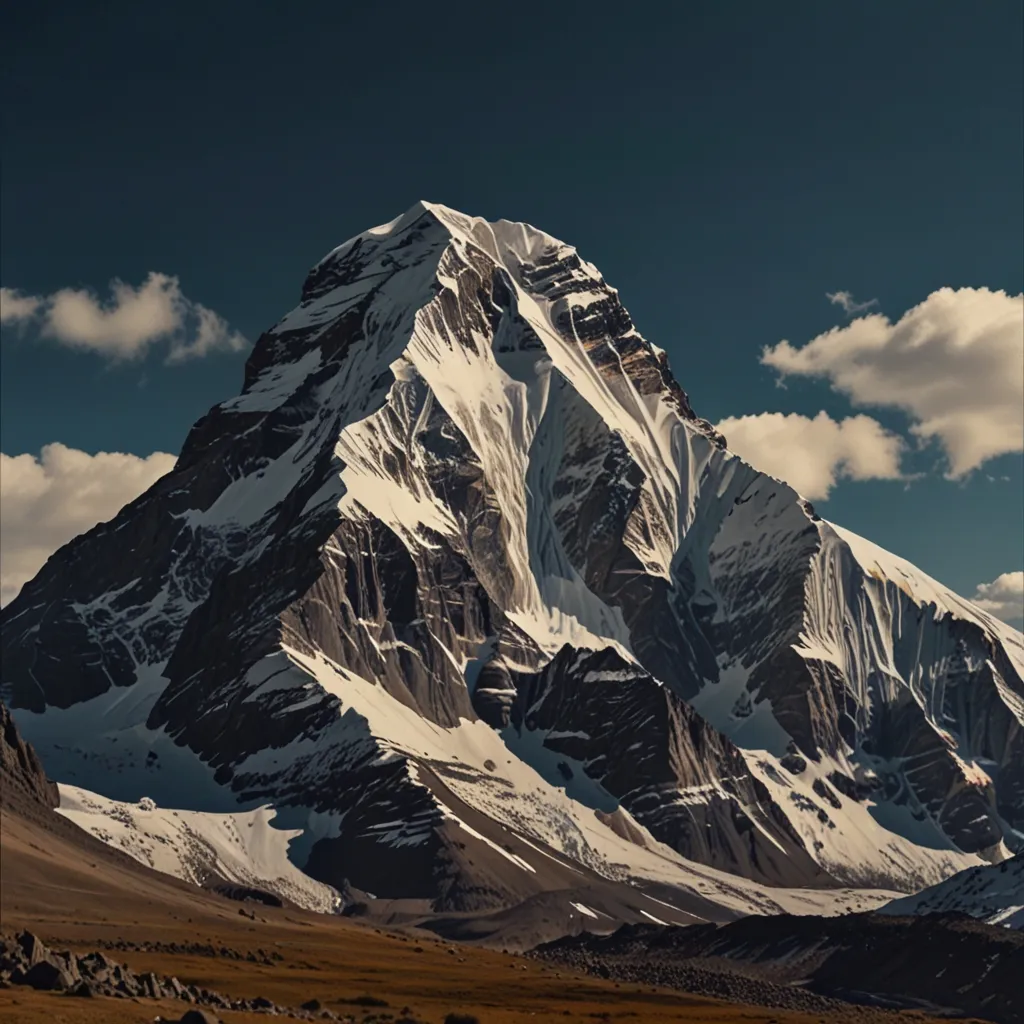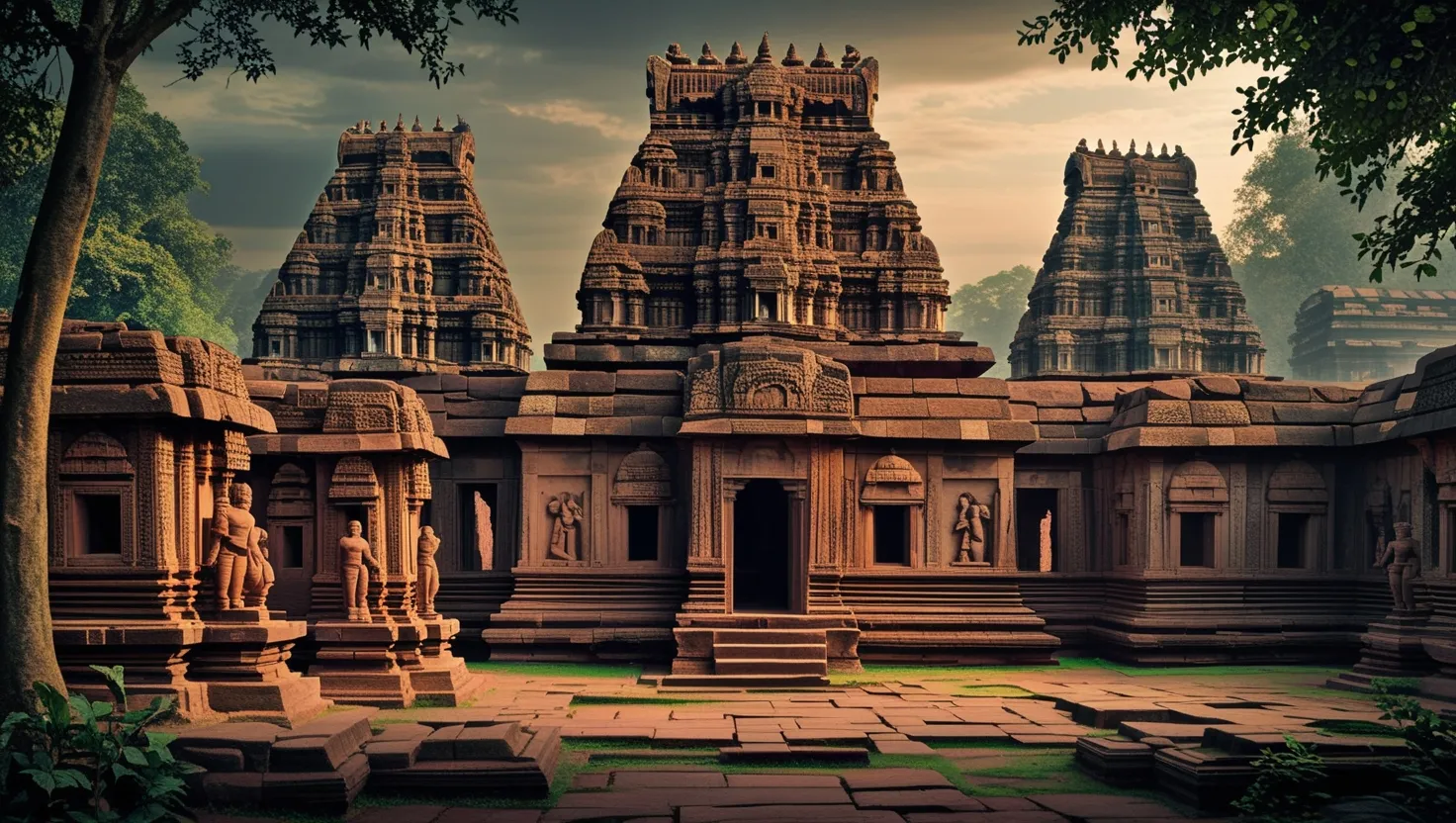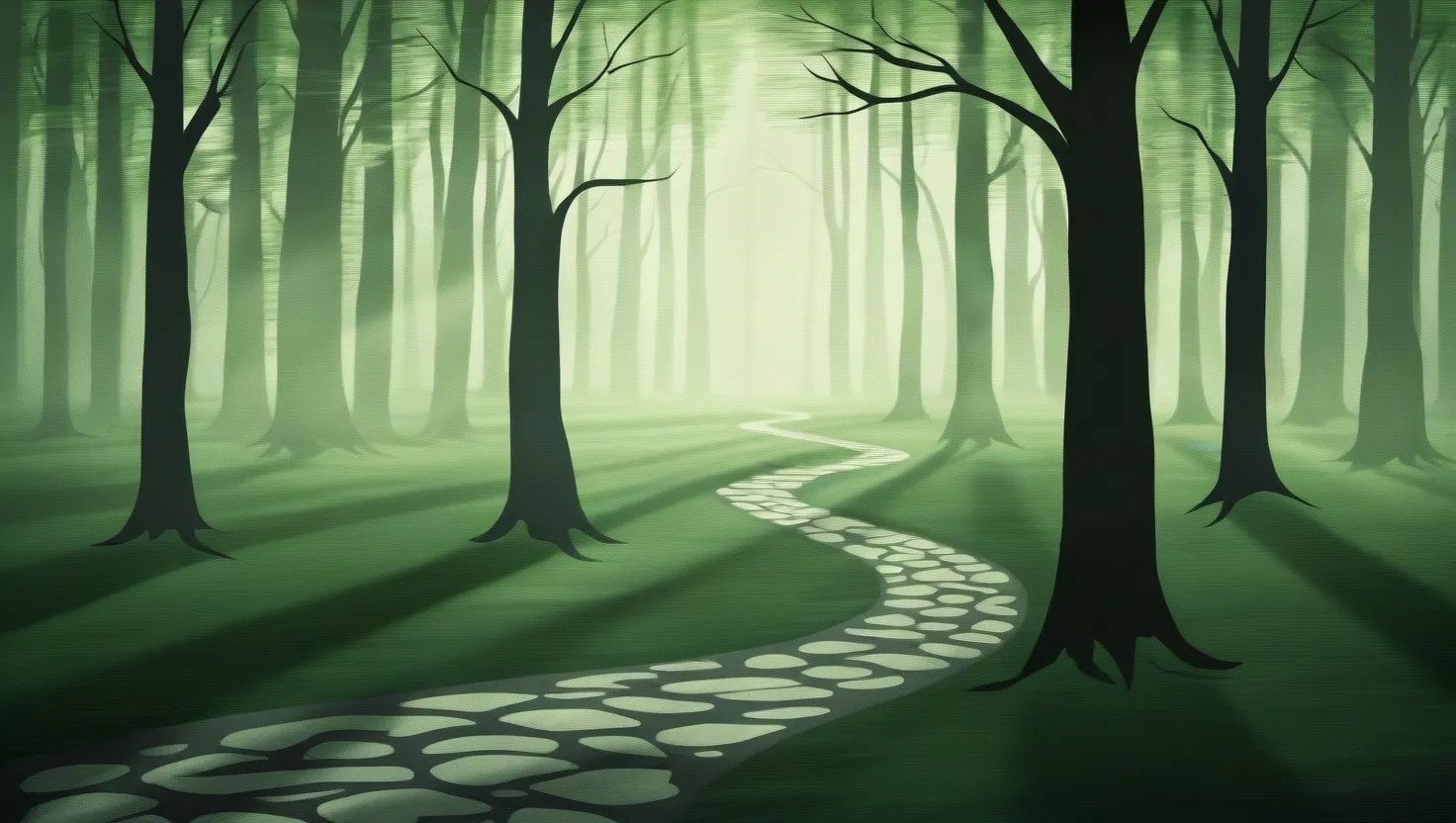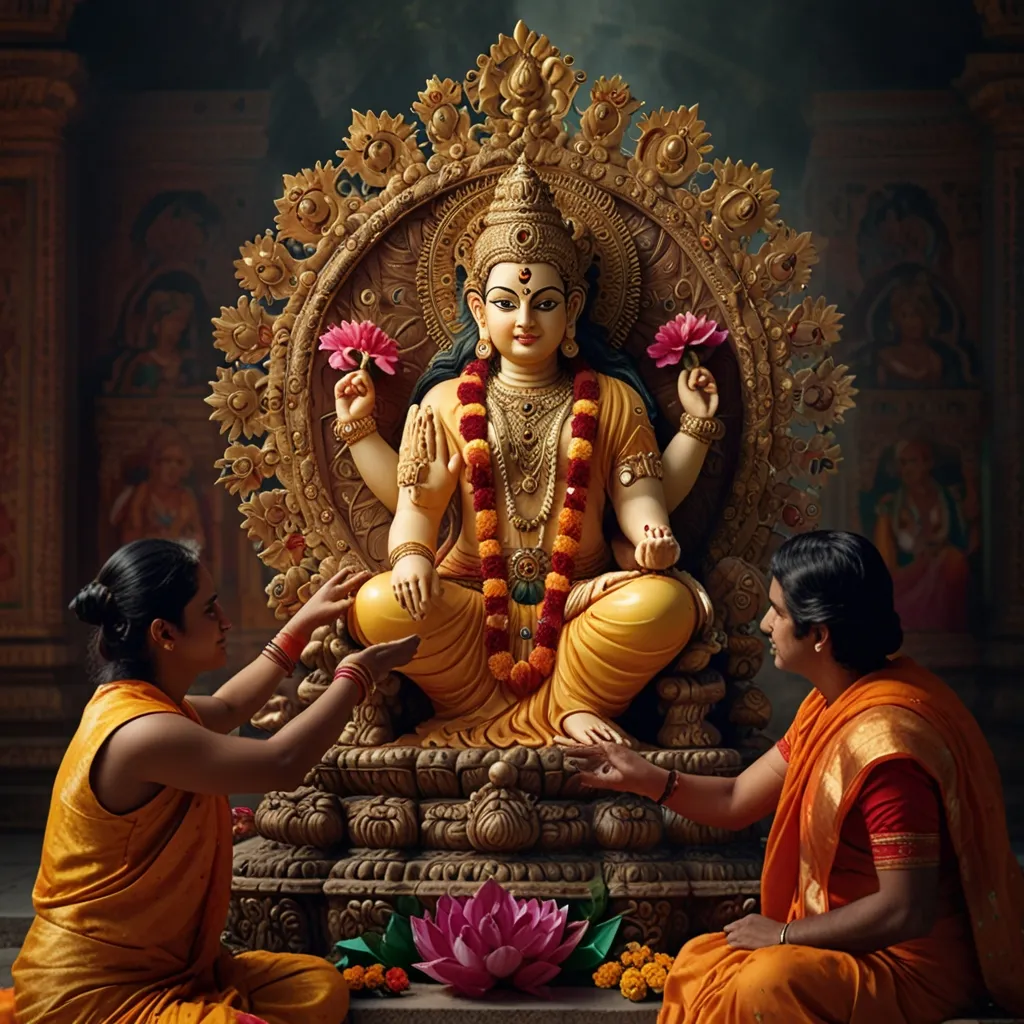Imagine a realm eternal, a universe full of gods, each more powerful and complex than the last. It’s here that Hindu mythology brews tales of grandeur that have stood the test of time, resonating through centuries, lighting hearts and minds with spiritual fervor. One such epic tale is the legend of the Shiva Linga, an iconic symbol embodying the core essence of Lord Shiva, one of Hinduism’s trinity of supreme deities.
At the crux of this timeless narrative lies a heated contest between Brahma, the Creator, and Vishnu, the Preserver. These two powerful gods found themselves embroiled in a fierce quarrel about who reigned supreme among them. Their argument grew so intense that the other gods had to step in, worried the dispute would escalate into something rather cataclysmic. They sought out Lord Shiva, hoping for a resolution that wouldn’t tear the heavens asunder.
To bring their bickering to an end, Shiva conjured himself into a gigantic, blazing pillar of light—the Shiva Linga. This column of fire stretched endlessly in both the heavens above and the earth below, a spectacle so awe-inspiring that it immediately dumbfounded Brahma and Vishnu. Determined to find its beginning and end to assert their dominance, Brahma morphed into a swan and soared upwards, while Vishnu took the form of a boar and dug deep into the earth.
Despite their relentless efforts that stretched across countless miles and eons, neither could locate the extremities of the Linga. Exhausted, both gods eventually gave up, realizing the futility of their quest. However, Brahma, on his upward journey, met a Ketaki flower that had once adorned the top of the Linga. Persuading the flower to back him up under false pretenses, Brahma returned and deceitfully proclaimed his discovery of the top.
What happened next was nothing short of divine justice. As Brahma laid down his lie, the middle part of the Linga split open, revealing the resplendent form of Lord Shiva. Overcome with awe, both Brahma and Vishnu admitted Shiva’s unparalleled supremacy and bowed in humility. While Shiva accepted their reverence, he wasn’t pleased with Brahma’s deceitfulness. As a consequence, Shiva cursed Brahma to be largely unworshipped, explaining the scarcity of Brahma temples today. The Ketaki flower too faced Shiva’s ire, banned from ever being used in worship rituals again.
This remarkable night, marking Shiva’s grand revelation, is celebrated as Mahashivaratri. Observed on the 14th day of the dark fortnight in the month of Phalguna, this festival carries profound spiritual significance. Devotees fast, meditate, and offer prayers to the Shiva Linga, seeking blessings and spiritual upliftment.
A Shiva Linga isn’t just an object of worship; it’s a potent symbol encapsulating the universe and Lord Shiva’s boundless power. It’s typically seen resting on a circular base known as the yoni, which signifies the feminine aspect of creation. Together, they portray the unity of Shiva and Shakti, the cosmic couple responsible for the universe’s creation.
In Hindu temples, the Shiva Linga stands as the focal point of prayer and devotion. It embodies the eternal, formless, and unchanging principle pervading the cosmos. With its simple yet profound structure, the Linga represents the universe, while the base holds this cosmic symbol, highlighting the supreme power that binds everything together.
Beyond its religious symbolism, the Shiva Linga also represents Shiva’s dual nature—both creative and destructive. Typically divided into three parts, each segment represents one of the trinity gods: the base—Brahma, the middle—Vishnu, and the top—Shiva. This tripartite design symbolizes the threefold divine functions of creation, preservation, and destruction, all intertwined in the cosmic cycle.
Worship of the Shiva Linga dates back to ancient times, practiced in myriad forms. Devotees have created lingas from various materials like clay, metal, wood, and even precious stones. At times, temporary lingas made from sand, rice, or butter have been constructed, highlighting the belief that divinity can be invoked through any medium, provided it’s done with genuine faith and devotion.
Some of Hindu mythology’s greatest heroes have shown their reverence for the Shiva Linga. Legend has it that Arjuna, one of the Pandava princes of the Mahabharata, sculpted a Linga out of clay to honor Lord Shiva. Similarly, Lord Rama of the Ramayana fashioned a Linga from sand at Rameshwaram. These stories underline a crucial spiritual truth—the form of worship doesn’t matter as much as the dedication and faith behind it.
Fascinatingly, the Shiva Linga also intersects with certain scientific understandings, as noted by ancient Hindu sages. Its structure is sometimes interpreted as symbolic of the atomic structure: the base (Brahma) as the proton, the middle section (Vishnu) as the neutron, and the top (Shiva) as the electron. This interpretation points to the deep cosmological insights possessed by early Hindu thinkers about the universe’s fundamental principles.
In essence, the story of the Shiva Linga weaves together the rich textures of Hindu mythology and profound spiritual notions of divinity. As a symbol of the universe and Lord Shiva’s infinite power, the Linga remains a source of devotion and inspiration for millions worldwide. Be it in grand temples or humble home shrines, the Shiva Linga stands as an enduring emblem of faith, spirituality, and the eternal cosmic dance of creation and destruction.
